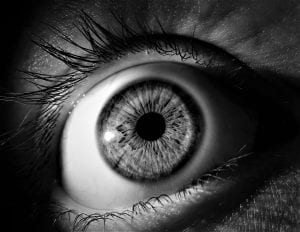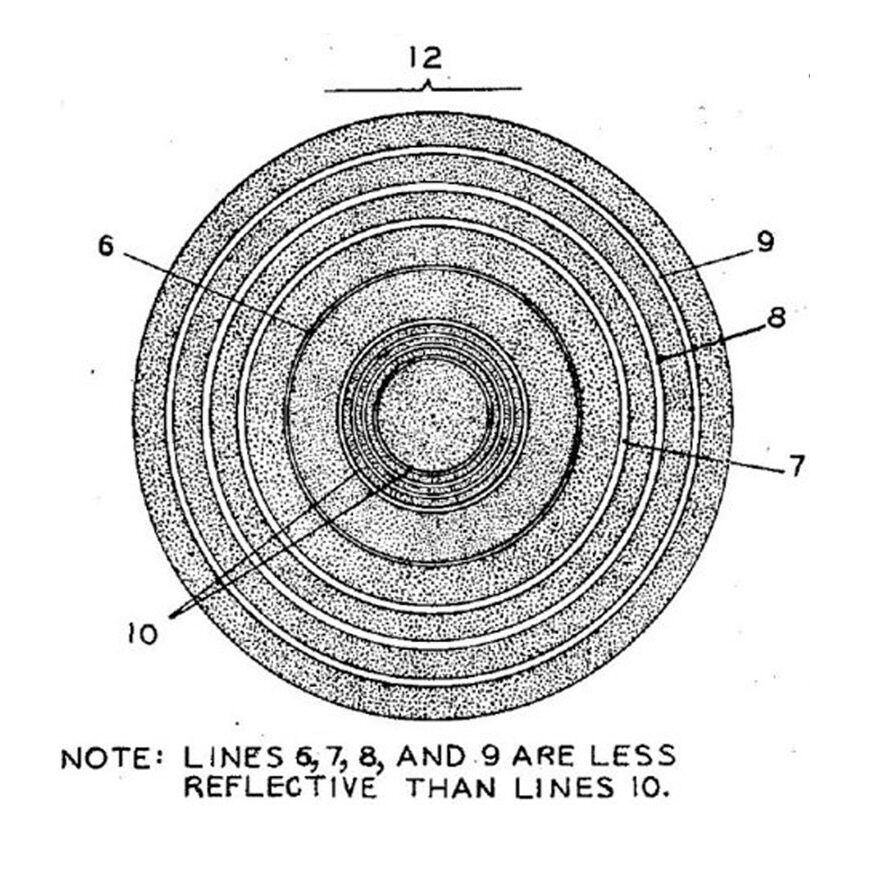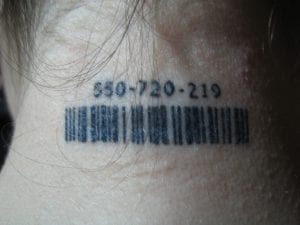The barcode is simple, it works, and it continually resists being replaced. Before it was even born, it beat the incumbent. New artsy versions have come along with different dimensions, but the barcode just keeps going.
How is that boring?
Hopefully, you’ll find some of these facts as intriguing as we do!
Can the barcode laser burn out your eye?

No, they are pretty weak. As hazard levels go, the FDA ranks them below normal classroom laser pointers. Should you point it at your eyes or your friend’s eyes? No, that’s not cool. If you do happen to look at one, however, don’t worry about it unless you find yourself temporarily dazzled and walking into a wall…
Did the barcode start out round?

Indeed it did.
The first barcode design looked like a dartboard bullseye, but the early printers couldn’t handle it, so the rectangle we know now is what won.
Is a QR code a barcode?
Yes, it’s the 2-dimensional barcode we just talked about!
Is there going to be a 3D barcode?
There already are prototypes out there. The first dimension was horizontal. The second was vertical, like in a QR code. A good third dimension is color, since our phone cameras are great at detecting it. With added information in the third dimension, barcodes could even contain a short song or video!
Does the barcode have to be black and white?
No, but it’s usually recommended. Older or cheaper scanners might struggle with more colorful designs.
Does the barcode have to be a square?
Not at all. In fact, people have gotten really creative with designs, from spaghetti noodles to waiters carrying stacks of plates. The only requirement is that there’s a scannable section.
Do you have to use a laser to scan a barcode?
Not anymore. Many of the best scanners today are cameras. These can be traditional cameras or specialized devices that capture a single row. Cameras are better at handling both older and newer barcode formats.
What was the first barcode scanned?

If you’ve heard the rumor that a pack of Wrigley’s Juicy Fruit gum was the first item scanned with a barcode, you heard correctly. If you’ve also heard that the very pack is in the Smithsonian, that’s unfortunately not true.
Biggest QR codes?
The largest 1D barcode in the world is 40 meters long, created for the 60th anniversary of the barcode patent. It reads, “HAPPY 60TH BIRTHDAY BARCODE!”
The largest 2D barcode is actually an entire corn maze, you’ll need a helicopter to scan it!
Is there a barcode that can be seen from space?
Well, that corn maze comes pretty close.
Oddest places?

Frosted cookies, tombstones, buildings, and billboards, barcodes have become part of pop culture. One of the oddest trends is how popular they are as tattoos. Why do people want this? What are they hoping to encode? Do they want to be scanned? Good thing the lasers are harmless!
Seriously, search for “barcode tattoo” to see the variety!
What’s the future of barcodes?
It seems like barcodes are here to stay. They’re simple, cheap, and fast.
RFID tried to replace them. It was a solid attempt and had potential value for real-time inventory, but technical issues and high costs got in the way. The new promise lies in the Internet of Things (IoT), which RFID was an early part of. New formats and technologies are emerging that are cheaper and more reliable.
One promising technology is battery-less Bluetooth. With Bluetooth devices everywhere, this could be widely adopted, if costs go down and privacy protections go up. Another advancement is product packaging with hidden barcodes. This is already in use and inserts codes in everyday images like paintings or memes.
Barcodes are constantly targeted for replacement, but they keep hanging on thanks to their utility and intrigue.